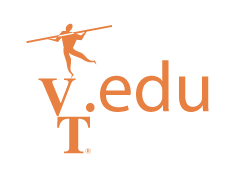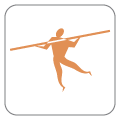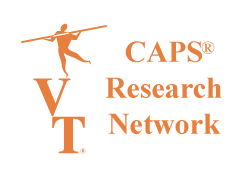Vestibular Technologies, LLC
Helping people regain their balance since 1996

At Vestibular Technologies "helping people regain their balance" has become not just a mission but a passion.
Since 1996 we have been helping doctors recognize patients with balance problems. From the elderly at risk of falling to the athlete with a possible concussion, the CAPS® systems can help identify a problem when, in many cases, other methods cannot.
Many neurological, vestibular, and postural problems never present any obvious symptoms to patients. If a patient has no complaints they are, much too often, not examined. Which brings about the basic premise of our philosophy ‑ You can't help a balance patient if you don't know who they are. Our ultimate goal is to improve the quality of life for those who have balance problems as well as those at risk of having balance problems.
Our CAPS® line of specialized posturography products is perfect for those clinicians who want to not only screen, assess and diagnose balance disorder/falls‑risk patients, but also provide effective rehabilitation for them, because the highly sensitive force platforms and proprietary software used by our CAPS® systems provide much greater insight into a patient's balance problems than ever before possible.
You can't help balance patients if you don't know who they are.














